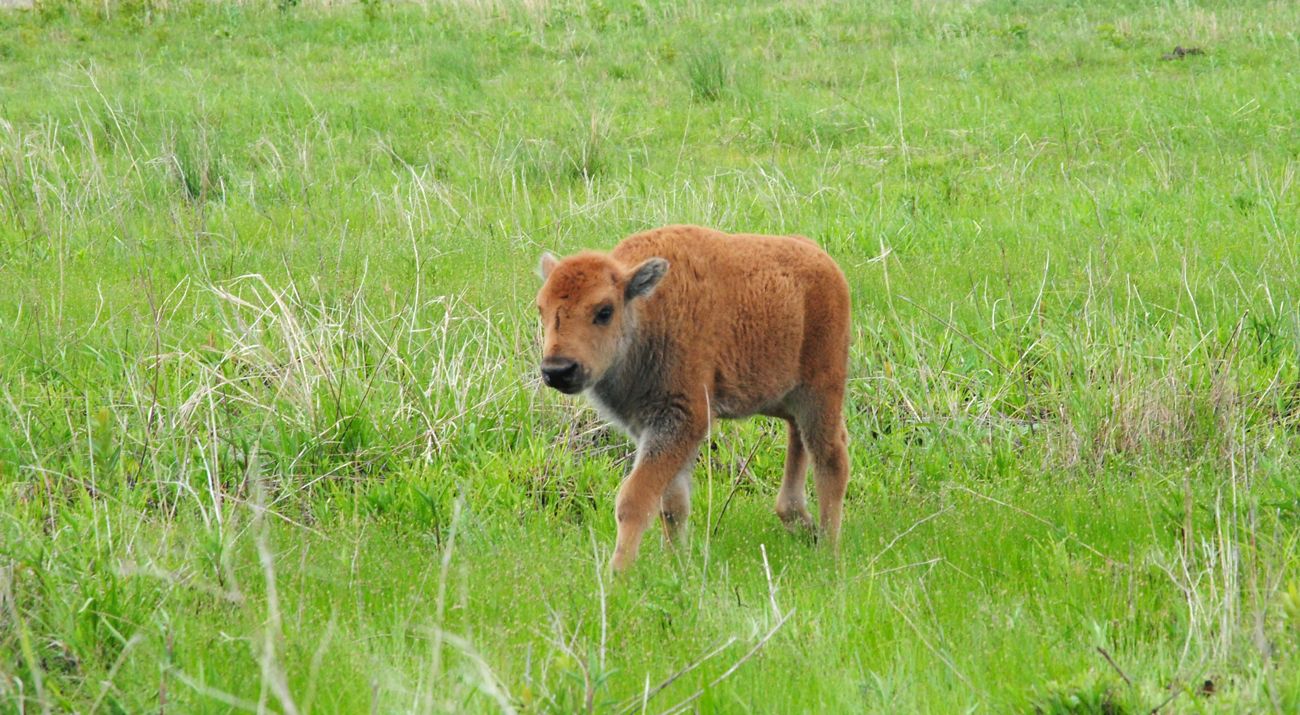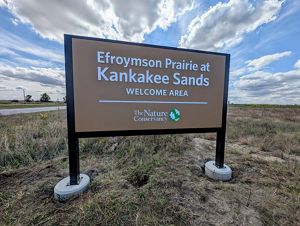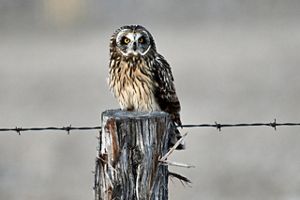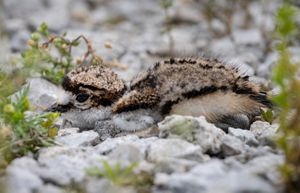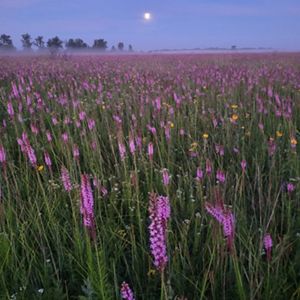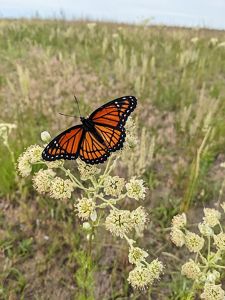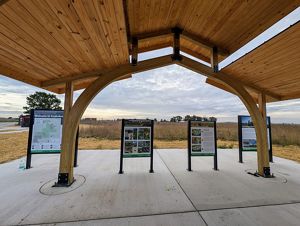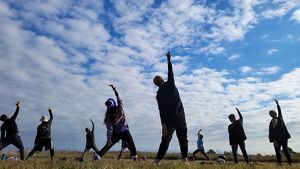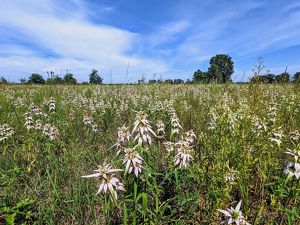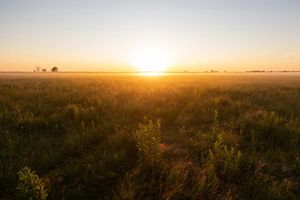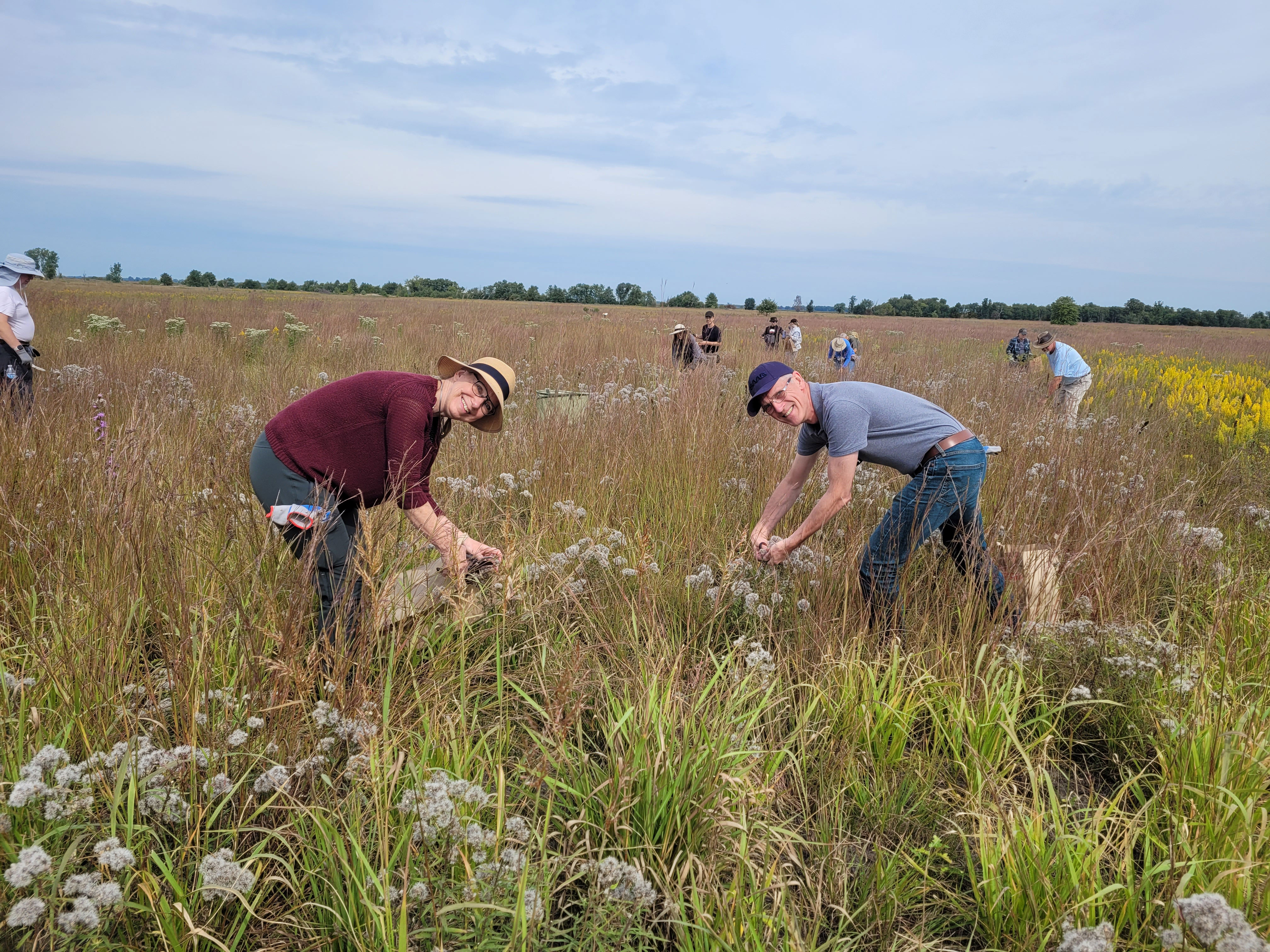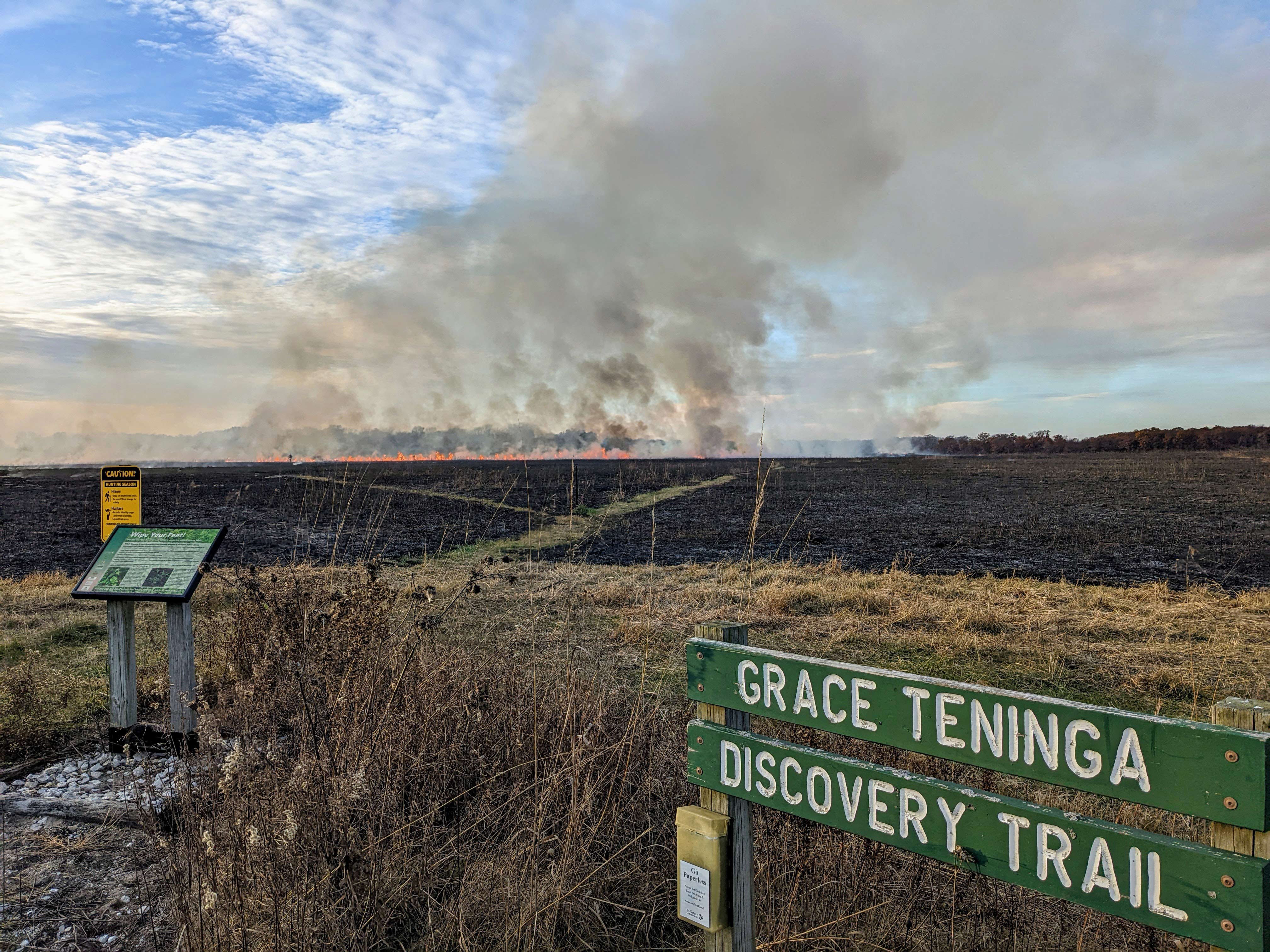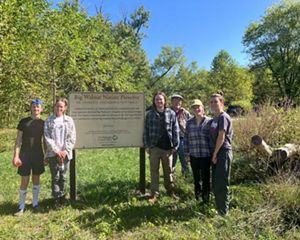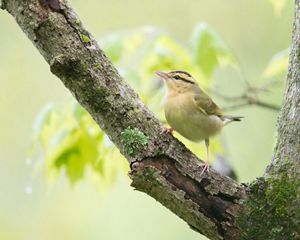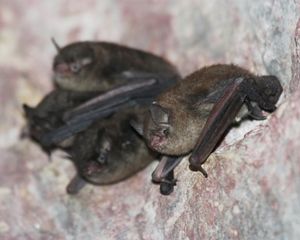Description
About Kankakee Sands
The Efroymson Prairie at Kankakee Sands is 8,400 acres of prairies and wetlands, owned and managed by the Indiana chapter of The Nature Conservancy. It serves as connecting piece between Willow Slough Fish and Wildlife Area, Beaver Lake Nature Preserve, Conrad Savanna Nature Preserve and TNC’s Conrad Station Savanna. Together these natural areas total over 20,000 acres of dry, mesic and wet sand prairies, sand blows, sedge meadows, wetlands and black oak savannas in Northwest Indiana. These natural areas are home to more than 86 rare threatened and endangered species.
History of Kankakee Sands
In 1996, The Nature Conservancy purchased 7,200 acres of agricultural ground in Newton County and began the process of converting these acres to the diverse prairies of today’s Kankakee Sands.
Even further back in history, the land that is now Kankakee Sands was once part of the Grand Kankakee Marsh system and the home of Beaver Lake, then the largest lake in Indiana—7 miles long and 5 miles wide. It was a shallow lake, only 10 feet at the deepest, filled with vegetation and wildlife. This historical area has been referred to as “the Everglades of the North,” and there is a documentary of the same name describing the rich history of the land and the draining of the lake, which took place in the late 1800s and early 1900s.
